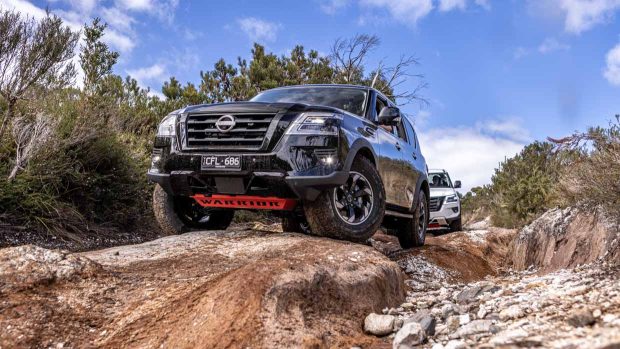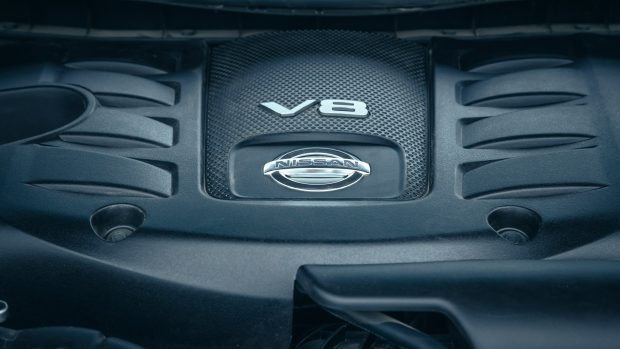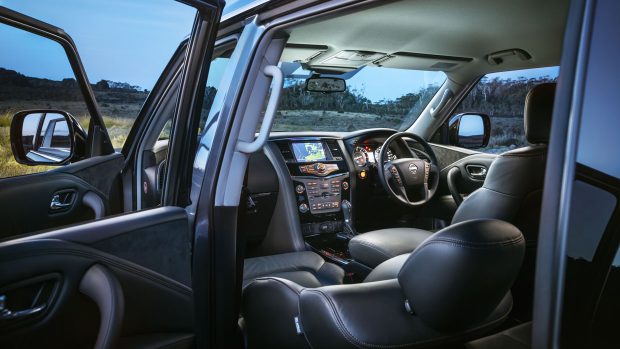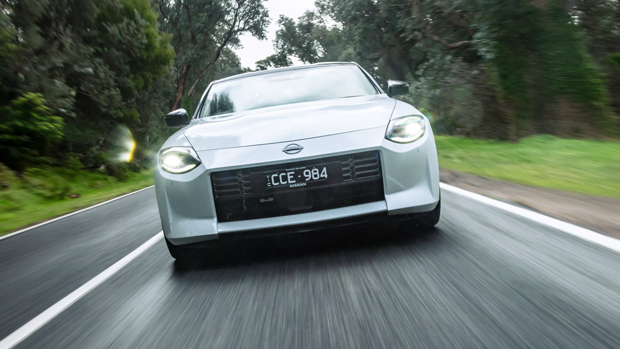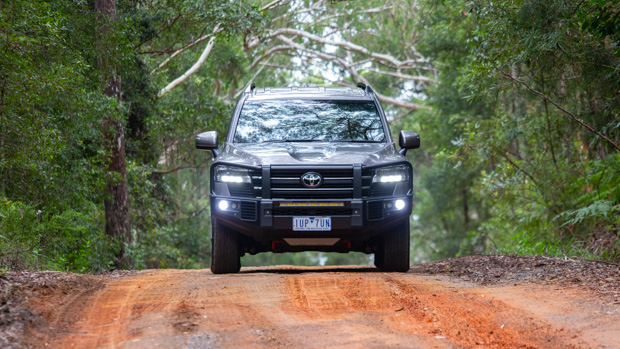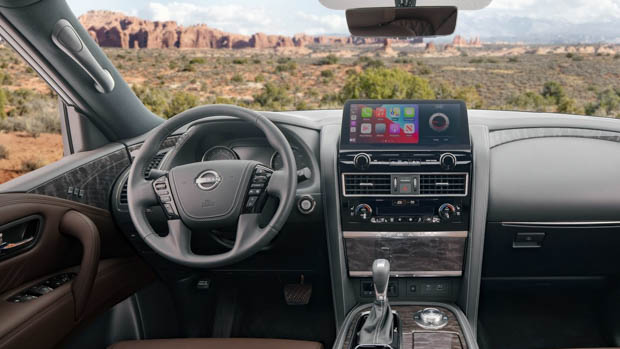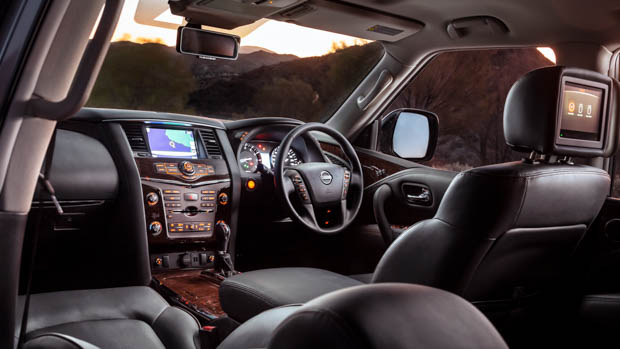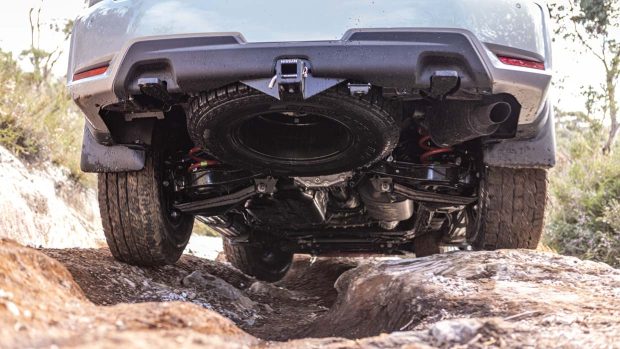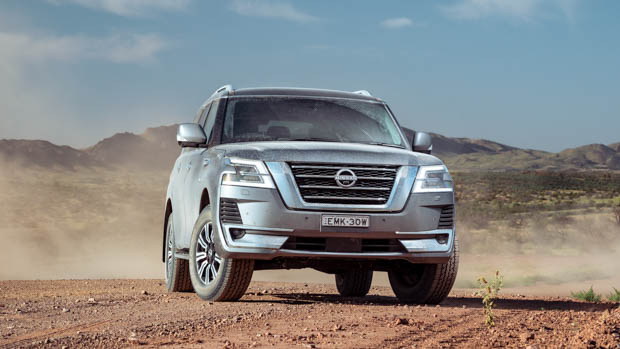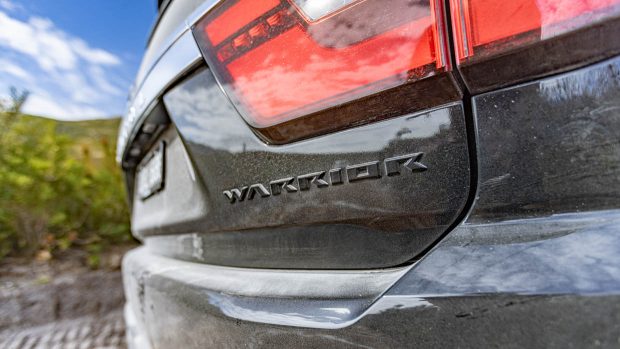-
Car Reviews
- Car News
-
Car Comparisons
Latest comparisons
- Chasing Deals
The large SUV’s current V8 engine is set to retire, but a new model could bring a host of benefits for Australian off-road lovers
The Nissan Patrol in Y62 guise is getting a little long in the tooth. The model has been around since production first began in 2010.
That makes the current generation large SUV 13 years old this year.
But the good news is that a fresh faced Y63 generation is currently in development, and could debut around 2025.
We’ve already had some predictions about what could power the next Patrol, but new reports are leaning strongly towards a twin-turbocharged petrol V6 engine.
This will mean that the current 5.6-litre naturally-aspirated V8 engine will be no more. Plus, it’s very unlikely that the Patrol will be going diesel powered for the future, as Nissan has previously stated.
But what do we know so far about the next Patrol? And what could be the core benefits of an entirely-new generation?
Let’s dig in and find out!
The next Y63-designated is set to replace the ageing 5.6-litre V8 with a smaller displacement twin-turbocharged V6 engine.
But what exactly will this engine be?
It’s somewhat likely that the next engine for the Patrol could be a more modern iteration of the 4.0-litre VQ40DE engine that was fitted, in some markets, to the Y62 Nissan Patrol and also to the 2005-2012 Nissan Pathfinder.
However, with the VQ having now bowed out of active duty, the newer VR30 engine, like what is currently found in the most recently-released Nissan Z, could feature instead.
The VR30 followed on from Nissan’s successful VQ engine family, which was found in cars such as the Nissan 350Z, among many others.
With a 3.0-litre displacement and two parallel Garrett-supplied turbochargers, the VR30DDTT is capable of producing at least 298kW, or around 400 horsepower.
That’s exactly the same power output as the current Patrol’s V8 petrol engine, so we think that the VR30 would be a very good fit.
Fuel economy likely to benefit
The Nissan Patrol’s current fuel economy is very much on the high side of things, with the Y62’s V8 having a claimed fuel consumption of 14.4L/100km, which is significantly more than its rival, the diesel-powered Toyota Land Cruiser 300 Series.
Toyota’s big bruiser has a claimed consumption of just 8.9L/100km combined thanks to its smaller-displacement 3.3-litre twin-turbocharged diesel V6 engine.
While it is expected that twin-turbocharged petrol six power will offer superior fuel consumption to the outgoing naturally aspirated V8, it’s unfeasible that the large, heavy 4×4-driven Y63 Patrol would come close to the Nissan Z’s 10.8L/100km claim if it indeed ported the VR30DDTT engine.
Overseas reports have indicated that the next Nissan Patrol will obviously look very different to its Y62 predecessor.
Spy pics from overseas have shown that the large SUV will still retain its boxy design, but will feature a prominent front grille design, a squared-off rear end and maintain its significant size and girth.
Inside, we haven’t seen too much of what the Y63’s interior actually looks like, but the US-spec Armada could give some clues of what to expect.
Unlike the Australian-delivered Y62 Patrols, the more updated Armada version uses a large 12.3-inch centre touchscreen, along with a 7.0-inch instrument cluster screen.
It’s not known yet whether or not the wood grain trim will remain. Our guess is that it is ultimately replaced by gloss black, or carbon-look trim inserts, instead.
Much like its key rival the Toyota Land Cruiser, the Nissan Patrol has long been known for its multi-terrain capability and potential off the beaten path.
Nissan is unlikely to change the formula of the Patrol too much, retaining its moniker as one of Australia’s most dependable four-wheel drives.
Standard features on the current Y62 include:
These features are likely to either remain or be tweaked to be better than before. A front locking differential is a possible new addition, if still unconfirmed.
The Y62 Patrol has 273mm of ground clearance, an approach angle of 34.4 degrees and a departure angle of 26.3 degrees.
The next Y63 Patrol is almost certainly going to feature more in the way of standard safety tech, with the Y62 generation currently lacking some key active safety systems such as lane keeping assist and lane-sway prevention, rear cross-traffic alert and adaptive high beam assist.
The Y63 will also likely feature for the first time trailer sway control, which will be an important tool for a lot of Aussie buyers.
The current range of Nissan Patrols currently start from $84,900 before on-road costs, or as much as $101,060 before on-road costs for the latest-release Patrol Warrior.
With most new cars becoming between 15 and 20 percent more expensive than their predecessors, the next Patrol with turbo V6 power could cost just under $100,000 before on-road costs for a base Ti in 2025.
But that’s actually pretty reasonable, when you look at the fact that the Patrol’s biggest rival, the Land Cruiser 300 Series, starts from a not-insignificant $94,301 before on-road costs in base GX guise.
Latest news
About Chasing cars
Chasing Cars reviews are 100% independent.
Because we are powered by Budget Direct Insurance, we don’t receive advertising or sales revenue from car manufacturers.
We’re truly independent – giving you Australia’s best car reviews.
